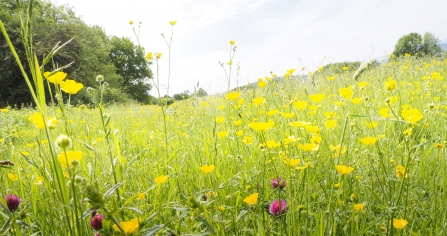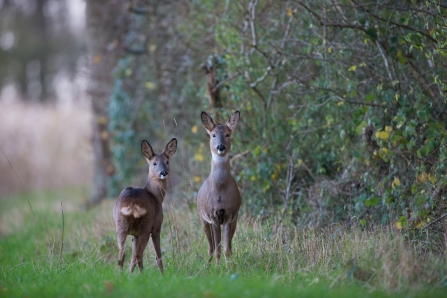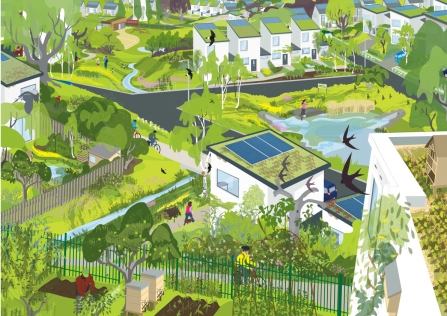Last week the Prime Minister urged the country to ‘build, build, build’ in order to stimulate the economy following the COVID-19 pandemic. My heart sank at the words, because in the history of GWT, building of any sort is too rarely good news for wildlife.
Over the last couple of weeks, we’ve been packing up our temporary home in central Gloucester ready to move back to Robinswood Hill. In the dusty boxes there were some inspirational finds. The original barn owl drawing by Peter Scott of his logo for the Trust. A fantastic set of volunteer armbands from working parties in the 1960s and 1970s. And boxes of carefully written records of wildlife sightings across the county.
But there was also a series of sealed archive boxes which told a miserable tale. File after file of ‘closed’ buff-coloured folders full of letters between persistent GWT staff and volunteers pleading for the rights of our wild spaces threatened by road schemes and housing development. In most cases our pleas were ignored. Years later, much of the mitigation measures promised have either failed, or were never delivered.




